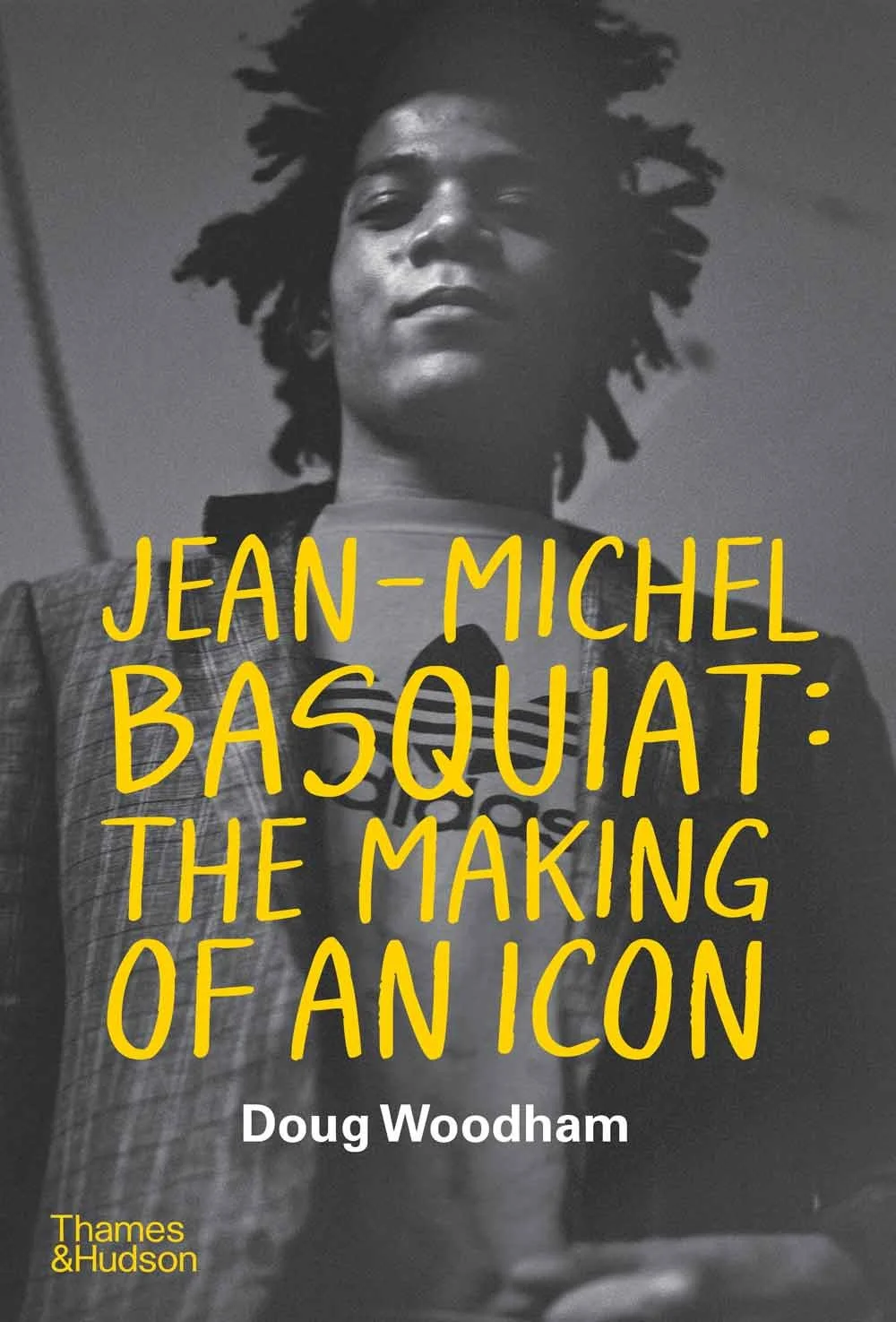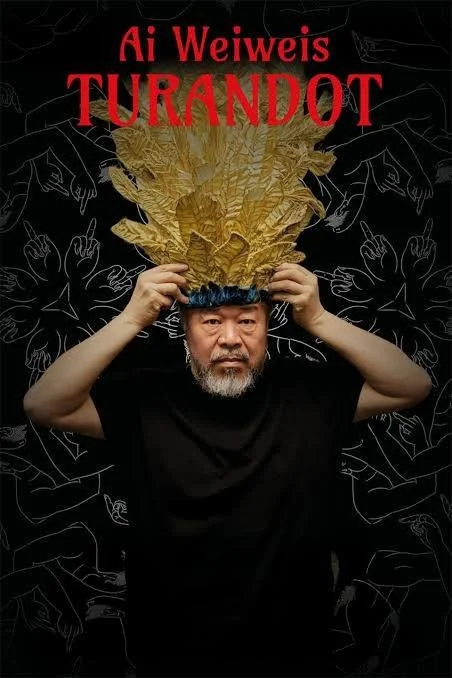By Zlatka Paneva
The Importance of Arts, Culture & The Creative Process
The Vital Force - JOY work is from my collection: ”Beautiful Coexistence" which is an ode to the force of nature and the energy that creates life and that consumes life. To the sentiments, emotions and fears that make life an exciting adventure! Visualizing the dynamics and conflicting realities through the use of many fragmentary hand-drawn and digital layers, my paintings are a kind of pentimenti...Unique images of the coexistence shift between the recognizable and the abstract to build unexpected and memorable pictures.
Unique depictions of the coexistence that move between the recognizable and the abstract, creating memorable images of humanity as an integral part of nature and whose invisible forces shape our world.
I was inspired and excited by two Creative Process interviews with a literary critic, historian of science, and educator. Renée Bergland and author Michael Cronin in which they both bring profound insights into interconnectedness, which aligns beautifully with the themes that i have been working on for the past two years
For example, Michael Cronin’s emphasis on horizontal relationships resonates with my idea about symbiotic relationships, where humans, animals, and plants share a non-hierarchical existence.
Also Bergland's insights on interconnectedness deepens the emotional and poetic layers of my exploration of responsibility and shared existence.
What was the inspiration for your creative work?
The "Vital Force - Joy" work is from my collection: ”Beautiful Coexistence" which is an ode to the force of nature and the energy that creates life and that consumes life. To the sentiments, emotions and fears that make life an exciting adventure! Visualizing the dynamics and conflicting realities through the use of many fragmentary hand-drawn and digital layers my paintings are a kind of pentimenti...Unique images of the coexistence that shift between the recognizable and the abstract to build unexpected and memorable pictures.
Unique depictions of the coexistence that move between the recognizable and the abstract, creating memorable images of humanity as an integral part of nature and which invisible forces shape our world.















































































